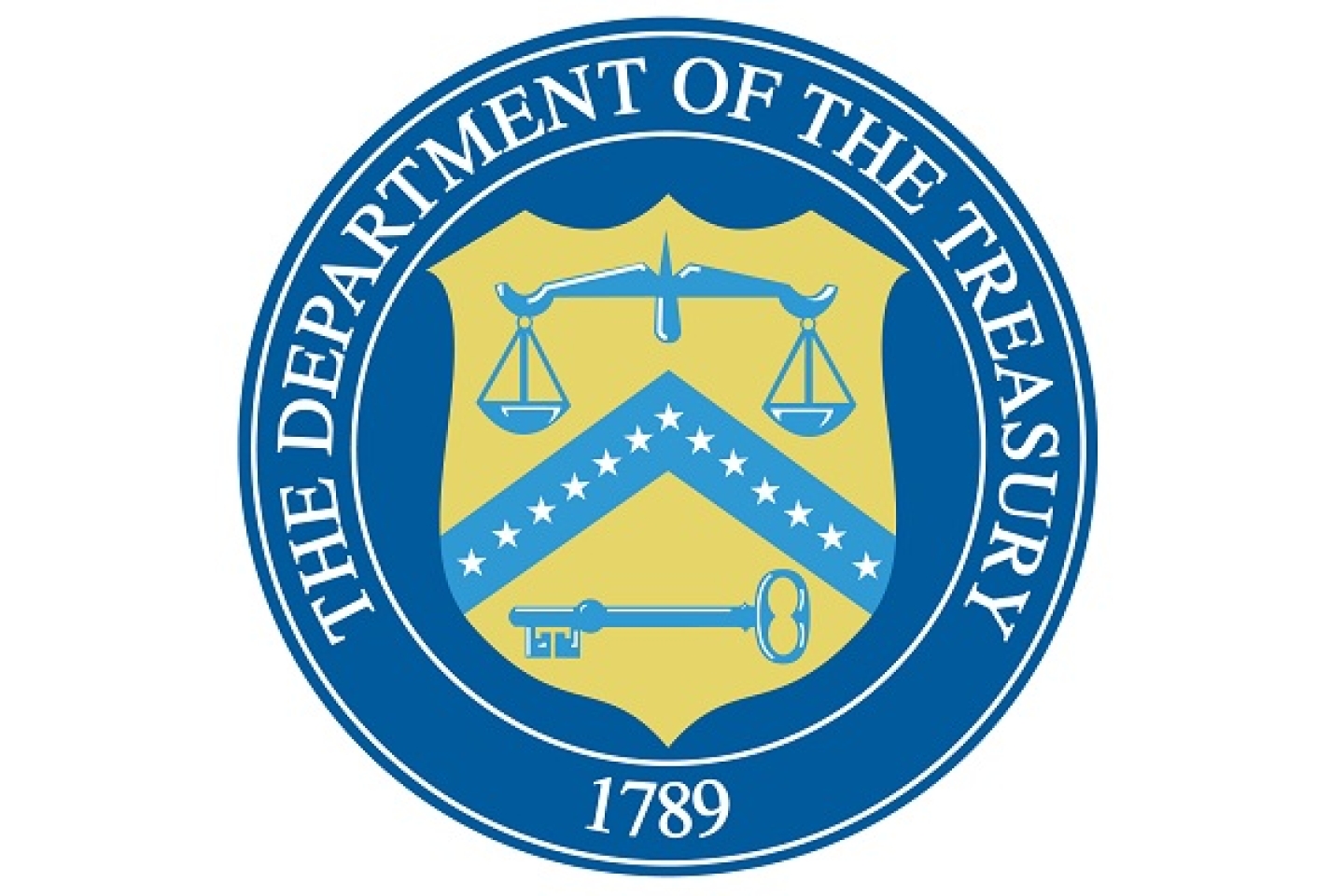Treasury Announces New Efforts to Increase Housing Supply
This week, the Treasury Department announced new efforts to increase the supply of housing in the year ahead. These efforts include:
- Updated guidance for the American Rescue Plan’s (ARP) State and Local Fiscal Recovery Funds (SLFRF) to make it easier for recipients to use remaining funds to construct affordable housing
- New clarifications for the ARP’s Emergency Rental Assistance (ERA) Program to make clear that qualifying recipients can use remaining funds on a broad range of uses to fund affordable housing serving very low-income families
- An extension of the Federal Financing Bank’s (FFB) financing support for a risk-sharing initiative between the Department of Housing and Urban Development (HUD) and state and local housing finance agencies in order to lower the cost of creating and preserving affordable housing
These announcements build on the Biden-Harris administration’s Housing Supply Action Plan to boost the nation’s stock of affordable housing and lower housing costs, including through new actions announced last week.
SLFRF Guidance
As of September 30, 2023, governments have budgeted more than $7.1 billion in SLFRF for long-term affordable housing, including both rental and owner-occupied homes, which is part of $18.5 billion in SLFRF budgeted for housing overall. These investments are supporting more than 20,000 units of affordable housing.
Now, recipients funding an affordable housing project will be presumed to have used funds for an eligible use if the project will house families earning up to 120% of area median income (an increase from 65%) or if the project meets the terms of one of more than a dozen federal housing programs. Recipients can also fund projects supported by Fannie Mae and Freddie Mac that meet the needs of teachers, firefighters, nurses, and other workers increasingly priced out of certain markets.
ERA Guidance
The $46 billion ERA program created the first nationwide eviction prevention system and has prevented millions of evictions. Now, the Treasury Department is clarifying that qualifying ERA2 recipients that have obligated at least 75% of their funds for financial assistance, housing stability services, and administrative costs can use their remaining funds for predevelopment and acquisition costs for affordable housing serving very low-income families, in addition to other eligible uses like construction, rehabilitation, or preservation of affordable housing.
FFB-HUD Risk-Sharing Initiative
The Treasury Department is indefinitely extending the FFB's financing support for a risk-sharing initiative between HUD and state and local housing finance agencies. This will dramatically lower the cost of capital for certain low-risk housing developments. The Treasury Department estimates that tens of thousands of additional affordable homes will be created or preserved through this initiative over the next decade.



